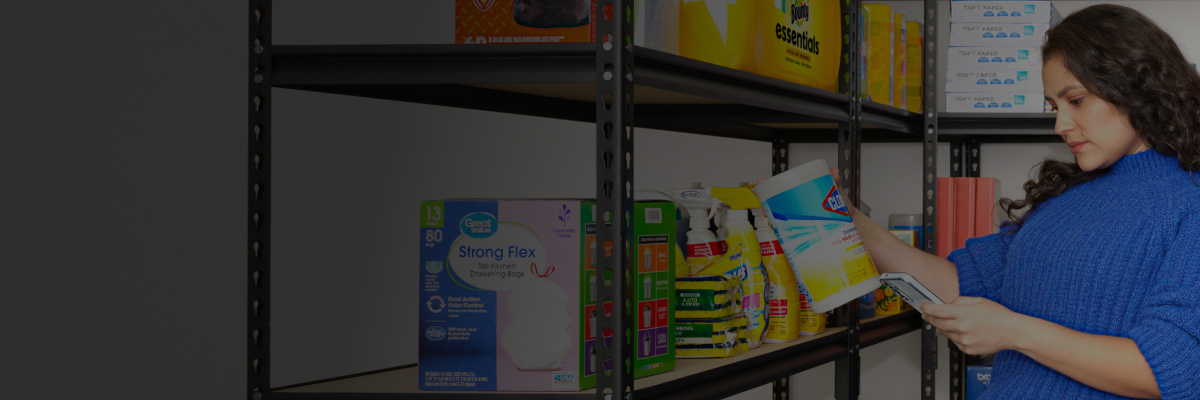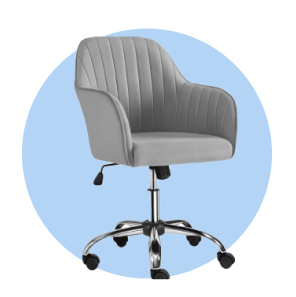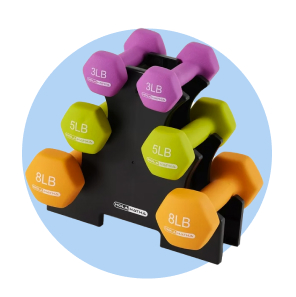
How to Choose the Best Winter Work Boots
Find footwear that does everything you need
Anyone working outdoors in the cold knows the value of winter boots. You might have an excellent coat, gloves and pants, but boots that aren’t properly insulated or cannot breathe will hinder you immediately. The challenge is finding the winter work boots that best suit the climate and activity level. Here’s what employers should know while seeking the best fit for their staff.

Features to look for in winter work boots
Winter boots come in a variety of designs, materials and temperature ratings, each tailored for specific climates and working conditions. When choosing boots for yourself or your team, take a few moments to consider which features will be beneficial to your organization. After all, a road repair worker will have different mobility and insulation needs than someone making door-to-door deliveries—the right product will reflect each role.
Keep workers’ hands warm with our guide, Choosing the Best Winter Work Gloves for Comfort and Durability.
Size, height & fit
Boot size matters, and not just for the obvious reasons. For example, a well-fitting winter boot isn’t just more comfortable to walk in—it also prevents snow from reaching your foot. The size, shape and height all combine to isolate and insulate feet, with higher ankles providing the most coverage.
Typically, a winter boot that is 8 inches high is ideal for moderate activity in a snow-filled work site.
Temperature
Winter boots are designed to keep us warm in multiple ways, from covering our feet to preserving warm air behind thermal insulation. Some boot manufacturers summarize this information using recommended temperature ranges, but these aren’t necessarily reliable. The testing procedures used to determine temperature assume the wearer is moderately active and has dry feet—both of which can change in variable weather conditions.
Temperature guidelines are useful, but they’re only guidelines. If possible, look up product reviews to verify that a specific boot is as warm as advertised.
Waterproof materials
One of the biggest dangers in winter isn’t snow or ice, but ordinary water. When freezing water comes into contact with socks or skin, the risk of frostbite and hypothermia increases. To prevent these conditions, be on the lookout for boots with waterproof or water-resistant materials that keep water out so feet stay warm and dry.
Breathability
If there’s one downside to surrounding your foot with thick fabric, it’s that water gets trapped just as effectively as heat. Sweat and excess moisture can freeze at cold temperatures, potentially damaging the boot and your skin. By choosing winter work boots with breathable fabrics, this moisture can evaporate from your foot and escape into the air, leaving your toes nice and dry.
Safety
Safety is vital to any workplace, but snow and ice need special attention. Not only does the risk of outdoor slips or falls increase, but any heavy objects you’re carrying will drop straight toward your feet. Workers at construction sites, logging businesses, and landscaping companies may wish to wear composite toe boots, which have protective factors similar to steel toes, without the risk of metal conducting the cold.
Insulation
Boot manufacturers rely on a range of methods to shelter our feet from cold air. One of the most effective is insulated winter work boots that include an additional layer of material that retains vital heat.
Synthetic: The best winter work boots often use a combination of synthetic and natural materials to precisely balance insulation, weight and other key features.
Down: As the traditional insulator of choice, down is one of the warmest and most comfortable fabrics on the market. Unfortunately, its effectiveness is entirely dependent on dry conditions, so a waterproof exterior is vital.
Wool: A natural insulator second only to down, wool lining stays warm even in damp conditions. What’s more, wool has moisture-wicking properties that increase a boot’s breathability.
Closed-cell foam: Some manufacturers will insulate a boot’s exterior using closed-cell foam. This material is inherently waterproof and prevents heat loss, making it particularly effective for heavy-duty boots.
It’s not just about which insulation material a boot uses but how much. Too much increases the boot’s weight and hinders maneuverability, but too little leaves the wearer with cold feet.
Manufacturers rank insulation based on thickness—specifically grams per square meter—over metrics like weight. For example, a boot with 200 grams of insulation may be appropriate for short hikes around freezing temperatures, while a boot with 800 grams may be better suited for long periods of movement in subzero temperatures.
Stay warm across seasonal conditions with Winter Work Jackets: A Business Owner's Buyer's Guide.

Other considerations
Don’t overlook socks
Winter work boots shouldn’t be the only thing on workers’ feet. The right pair of socks can complement footwear by increasing warmth or improving breathability. Moisture-wicking socks made of wool or synthetic fibers are especially helpful. Businesses should avoid cotton socks for winter boots, since it tends to absorb moisture instead of dispersing it.
Keep dry at all times
Of all the winter clothes you might wear at work, boots are the most likely to get wet. They will frequently be in contact with rain or snow at ground level, increasing the likelihood of soaking the inner fabric. That’s why it’s important to dry boots thoroughly between shifts, even removing insulation layers if possible.
Stay warm & dry with Walmart Business
Once you’ve decided on the right winter work boots, Walmart Business can help you get them fast. Our selection of workwear line has the clothing your employees need to get the job done, including coats, jackets and insulated pants.
If you already have an account, you can level up your savings with a Walmart Business+ membership. You’ll get free shipping,1 free delivery from local stores on orders over $352 and 2% back on orders over $250 in Walmart Business Rewards.3 That could add up to savings of over $500 a year!4 Click here to learn more.


Limited-time offer
Unlock your special promo code
Stay informed on Walmart Business news & get $20 off a $100 purchase!1
1Minimum order of $100. Promo code can be used one time & may not be combined with other offers. Offer not transferable & void where prohibited by law. Customer responsible for all applicable taxes. Offer expires 12/31/2025 at 11:59pm PT. Further restrictions apply. See terms at checkout for details. Promo code offers available in limited quantities. While supplies last.
1 Excludes most Marketplace items, freight and certain location surcharges.
2 Restrictions apply.
3 Rewards can only be used toward future purchases on Walmart Business. Additional terms apply.
4 Savings based on 1 free $35+ delivery order vs. $9.95 fee and 1 free shipping order under $35 vs. $6.99 fee biweekly, plus 2% Walmart Business Rewards on monthly order >$250 (average value of $400).
Exciting news awaits
Hear firsthand about new products, features & promotions.
By clicking submit, you agree to receive emails about Walmart Business and acknowledge you have read and agreed to our Terms of use and Privacy Policy.










